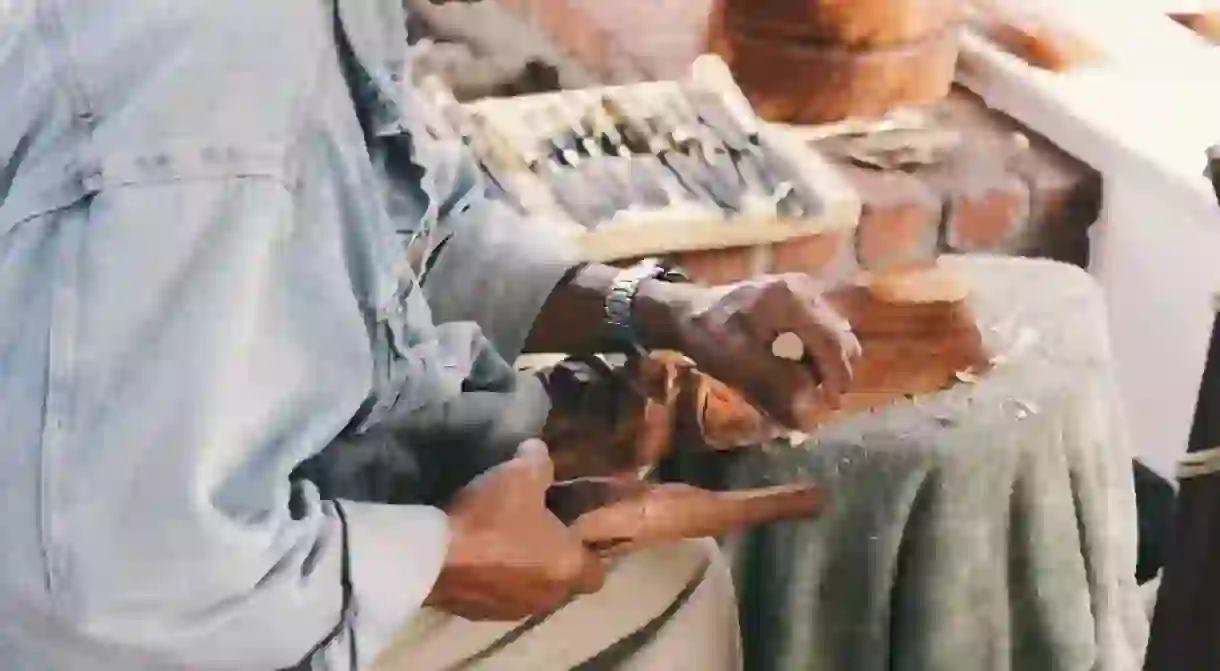The Best Museums to Visit in Maui

The history of the small, serene island of Maui predates the arrival of Western settlers and missionaries. Its complex past makes for quite elaborate storytelling, which is delivered by many artifacts found in museums throughout the island. From pre-contact Maui to the missionary era, and even after the boom of tourism, these historical sites showcase each era of the island and its role in shaping the culture of Hawaii today.
Alexander & Baldwin Sugar Museum
Museum

It’s a bit difficult to miss the large, red caterpillar tractor sitting just outside of the sugar museum in Puunene’s plantation town. Until the 1960s and the boom of Hawaiian tourism, sugar was the island’s largest profitable industry. Here, visitors are able to take a small peek into the day-to-day lives of the era that attracted so many migrants from countries around the world. The laborers that came all the way from China, Japan, the Philippines, Korea, and Portugal contributed heavily to the Hawaiian culture we see today.
Lahaina Heritage Museum
Museum

This heritage site is so illuminatingly interactive that it houses a map of Maui, whose areas light up with a simple touch. The museum is arguably the most technologically interactive on the island, with even video footage that gives visitors a look into Maui’s Humpback Whale Sanctuary. In addition to its technological features, the building is home to priceless artifacts, which tell the story of Lahaina’s role as a hub and center for trade in Maui. Items such as the flag of the once Kingdom of Hawaii, can be viewed here.
Baldwin Home Museum
Museum

Reverend Ephraim Spaulding was known in Lahaina as the ultimate host, welcoming traveling guests to his home. His property was known to host members of Hawaiian royal court and even captains of whaling vessels. Proof that one home can be self-sustaining is evident in the property as well—the home is surrounded by kou and kukui trees and produced bananas and figs. In addition, the livestock and gardens allowed the family to live off the land. To offer a more immersive experience, visitors are welcome to join candlelit tours of the house, beginning at dusk.
Hale Pa‘i Printing Museum
Museum

For centuries, the Hawaiian language was passed down from generation to generation without ever being written down. Stories were shared orally, via word of mouth, or through performances like the hula. When missionaries first arrived in Lahaina, they established the first seminary school. The school promoted literacy and focused on the importance of printed material. As a tool for motivation, a printing press was brought in and the students were taught to operate it. This inspired them to record the Hawaiian histories on paper and even print the first paper currency used in the Hawaiian Islands.
Wo Hing Museum & Cookhouse
Museum

An ode to the Chinese origins in Maui, the Wo Hing Temple stands today as a testament of the strength of Chinese community and culture on the island. The first Chinese immigrants arrived on trading and whaling ships. They were employed to build the tunnels and water systems that supported the island’s plantation life. As more Chinese came to Maui, they established the Wo Hing Society in an effort to maintain the Chinese culture and heritage while being so far away from their homeland.
Hale Hō‘ike‘ike
Museum

Surrounded by lush gardens filled with Hawaiian plant life, Hale Hō‘ike‘ike (also known as the Bailey House Museum) stands as a center for cultural knowledge of Maui today. Built from lava rock and koi wood, the home was built on the property of the last chief of Maui. It even served as the headquarters for defense during World War II. The museum houses artifacts that date back to pre-European contact like a replica of an ancient Polynesian sailboat and more importantly, the last existing statue of the Hawaiian demigod, Kamapua’a, since the abolishment of Hawaiian religion on the island.













